Here's what your smart home is really costing you


Just after the Christmas holidays (yes, it's been so long) we asked you if you were interested in learning about the energy onsumption of the most popular smart home gadgets. We left the poll open for a few weeks and the result was very polarized: our readers are interested in smart home consumption, even if you think the energy costs are insignificant. We investigated to see if you were right. Is the total expenditure unimportant?
Preliminary remarks
We used a Brennenstuhl PM 231 E directly connected to a wall socket to take the measurements. We connected each smart home device available to us individually. Consumption in standby and during use was examined, to give you an idea of how much an intelligent home product can affect your electricity bills.
Taking into account the average cost per kilowatt hour for the typical family (calculations made on a family with a contract of 3kWh of maximum power and 2700kWh of expenditure per year) we have also included a value that indicates the hypothetical consumption of smart devices if left on standby for 365 days a year. This way, it is possible to verify how much energy is wasted in the worst case scenario, i.e. your devices are connecting but you never use them.
Average cost kWh (raw material + expenses and costs + taxes) first quarter 2019: 0.1295 US dollars /kWh - Source
The devices tested:
Netgear
How can we not start from the beating heart of the smart home? All information for your smart devices goes through your router(s). In our smart apartment, we are actively using a Netgear Orbi RBK40 equipped with two satellites connected in Mesh.
I was not surprised to discover that both devices have the same energy consumption, but it is interesting to note that this power never tends to vary significantly, always remaining in the range of 6-7 watts regardless of the workload.
Consumption Netgear Orbi RBK40
| Mode | Consumption (watts) |
|---|---|
| Average consumption | 6.6W (for satellite) |
Annual cost:
Consumption (6,6W x 24h x 365 = 57.816kWh) x Energy cost (0.1295 US dollars/kWh) = 7.48 USD
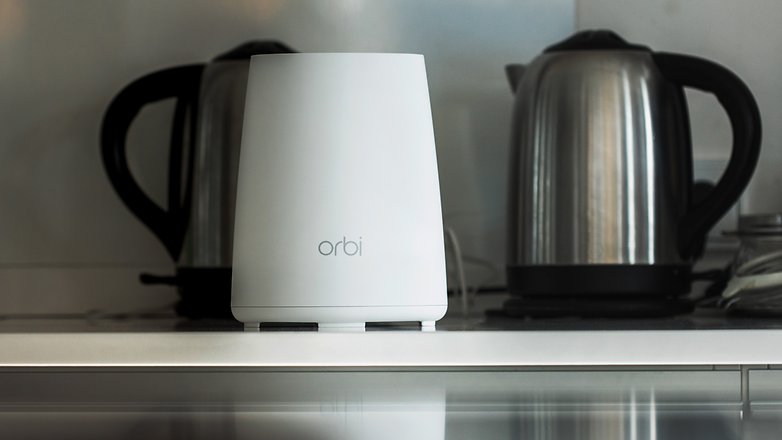
Philips Hue
Philips Hue smart bulbs could be devices that can save you a lot of money on your annual bill just by replacing the traditional bulbs you still have at home. Even taking into account the maximum consumption of the bridge (the control unit that controls all the lights) and the individual bulbs, you will never reach the energy consumption of the now obsolete incandescent light bulbs.
Hue consumption is in line with that of classic non-smart LED bulbs. The only difference you can see is that the standby power consumption does not drop to zero unless you use the switch to physically disconnect them from the mains.
Consumption Philips Hue Bridge (2nd generation, squared)
| Mode | Consumption (watts) |
|---|---|
| Standby | 0.1W |
| Maximum consumption | 1.5W |
Annual cost in standby:
Consumption (0.1W x 24h x 365 = 0.876kWh) x Energy cost (0.1295 US dollars/kWh) = 0.11 USD
Bulb consumption E27 White and Color Ambiance (3rd generation)
| Mode | Consumption (watts) |
|---|---|
| Cool white (maximum brightness) | 6.1W |
| Warm white (50% brightness) | 1.7W |
| Red (maximum brightness) | 2.5W |
| Green (maximum brightness) | 5.1W |
| Blue (maximum brightness) | 3.5W |
| Standby | 0.2W |
Specifications on the manufacturer's website
Annual cost in standby:
Consumption (0.2W x 24h x 365 = 1.752kWh) x Energy cost (0.1295 US dollars/kWh) = 0.23 USD
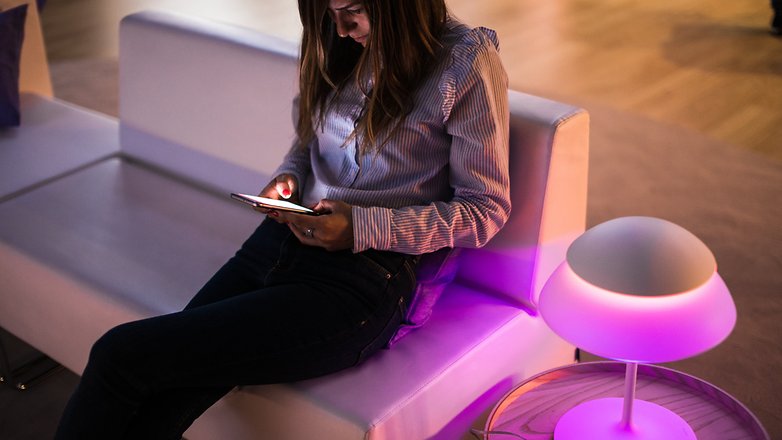
Amazon
The American e-commerce giant, led by the richest man in the world, has been growing its Echo intelligent speakers' market share. Amazon is kind enough to provide official consumption data for some of its speakers such as the Echo (1st and 2nd generation), the Echo Spot and the Echo Show. During our tests, we also tested a first generation Echo Dot and a second generation Echo Plus.
Note: To enter Off mode, the user must simultaneously press and hold the action button and double-tap the microphone's OFF button located at the top of the device. The devices automatically enter Networked Standby mode after about 5 seconds of inactivity (with no user interaction).
Consumption Amazon Echo (1st generation)
| Mode | Consumption (watts) |
|---|---|
| Power saving mode (off mode) | 0.5W |
| Networked Standby (microphones on) | 3W |
| Networked Standby (microphones off) | 3.6W |
Annual cost in standby:
Consumption (3W x 24h x 365 = 26.28kWh) x Energy cost (0.1295 US dollars/kWh) = 3.40 USD
Consumption Amazon Echo (2nd generation)
| Mode | Consumption (watts) |
|---|---|
| Power saving mode (off mode) | 0.5W |
| Networked Standby (automatic sleep mode, microphones on) | 1.7W |
| Networked Standby (automatic sleep mode, microphones off) | 2.4W |
Annual cost in standby:
Consumption (1,7W x 24h x 365 = 14.892kWh) x Energy cost (0.1295 US dollars/kWh) = 1.92 USD
Consumption Amazon Echo Spot
| Mode | Consumption (watts) |
|---|---|
| Power saving mode (off mode) | 0.258W |
| Networked Standby (microphone/camera on) | 2.18W |
| Networked Standby (privacy mode, microphone/video camera off) | 2.21W |
Annual cost in standby:
Consumption (2.18W x 24h x 365 = 19.096kWh) x Energy cost (0.1295 US dollars/kWh) = 2.47 USD
Consumption Amazon Echo Show
| Mode | Consumption (watts) |
|---|---|
| Power saving mode (off mode) | 0.1W |
| Networked Standby (microphone/camera on) | 4W |
| Networked Standby (microphones on, camera off) | 2.5W |
Annual cost in standby:
Consumption (4W x 24h x 365 = 35.04kWh) x Energy cost (0.1295 US dollars/kWh) = 4,40 USD
Consumption Amazon Echo Dot (1st generation)
| Mode | Consumption (watts) |
|---|---|
| Power saving mode (off mode) | 1.7W |
| Networked Standby (microphones on) | 2.8W |
| Networked Standby (microphones off) | 3W |
Annual cost in standby:
Consumption (2.8W x 24h x 365 = 24.528kWh) x Energy cost (0.1295 US dollars/kWh) = 3.18 USD
Consumption Amazon Echo Plus (2nd generation)
| Mode | Consumption (watts) |
|---|---|
| Power saving mode (off mode) | 2.4W |
| Networked Standby (microphones on) | 3.5W |
| Networked Standby (microphones off) | 4.3W |
Annual cost in standby:
Consumption (2.4W x 24h x 365 = 21.024kWh) x Energy cost (0.1295 US dollars/kWh) = 2.72 USD
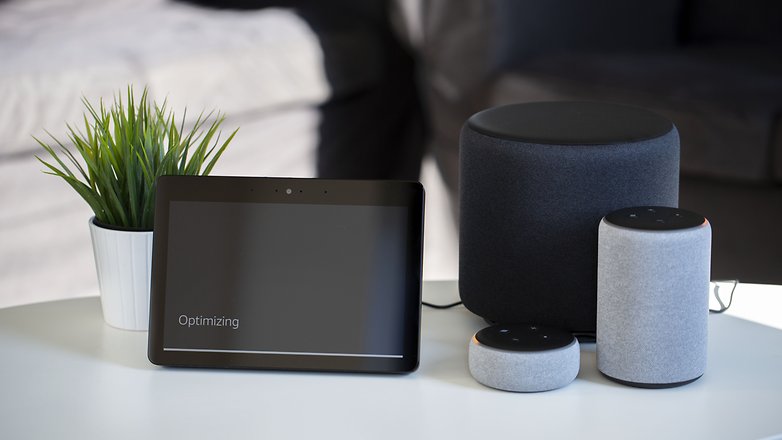
For all Android fans and the American search giant, there is no valid smart speaker if it is not equipped with Google Assistant. Big G's speakers have also arrived in Europe and, especially the Mini version, have found their place in the homes of many.
In standby the two models tested by us do not have very different power consumption, indicating that probably the hardware in use does not differ much. When listening to music the situation changes: the number and power of the speakers determines the maximum power that these intelligent speakers are able to ansorb.
Even during conversation with the AI, you can see some differences: the Google Home Mini has an almost stable consumption, while the Google Home fluctuates between 2 and 4 watts of consumption, probably because of the greater number of speakers that must operate.
Consumption Google Home
| Mode | Consumption (watts) |
|---|---|
| Standby | 2W |
| Use (conversation) | 2-4W |
| Maximum declared power | 33W |
Annual cost in standby:
Consumption (2W x 24h x 365 = 17.52kWh) x Energy cost (0.1295 US dollars/kWh) = 2.27 USD
Consumption Google Home Mini
| Mode | Consumption (Watt) |
|---|---|
| Standby | 1,4W |
| Use (conversation) | 1,8W |
| Maximum declared power | 9W |
Annual cost in standby:
Consumption (1,4W x 24h x 365 = 12.264kWh) x Energy cost (0.1295 US dollars/kWh) = 1.59 USD
Sonos Play:1
Sonos speakers are known for their quality, support for virtually any audio source and extreme modularity within the ecosystem. The Sonos Play:1 reviewed by us also uses the voice assistants to try to grab the most mainstream users while keeping all in all the standby consumption content, but not at the level of the most popular smart speakers from Google and Amazon.
Consumption Sonos Play:1
| Mode | Consumption (Watt) |
|---|---|
| Standby | 3.8W |
| Usage (volume 25%) | 5.6W |
| Usage (volume 80%) | 11.2W |
Annual cost in standby:
Consumption (3,8W x 24h x 365 = 33.288kWh) x Energy cost (0.1295 US dollars/kWh) = 4.31 USD
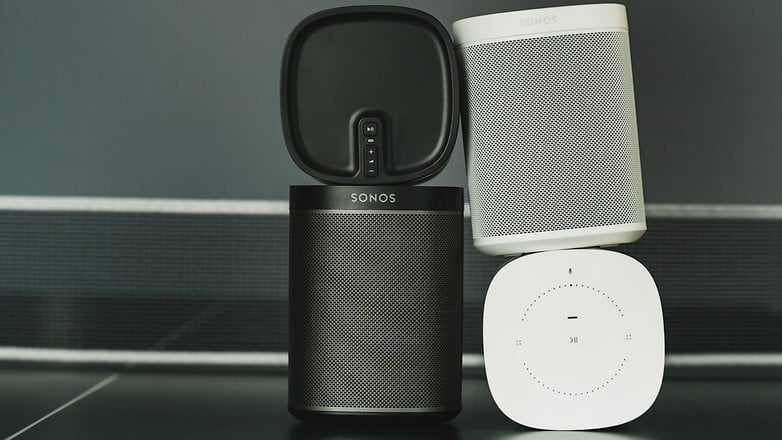
NOW TV Smart Stick
The NOW TV smart key does not see its power consumption vary too much. Annual spending remains virtually constant whether you are actively using it or leaving it connected but watching another channel. In both cases, the cost is less than a quarter per year.
Consumption NOW TV Smart Stick
| Mode | Consumption (Watt) |
|---|---|
| Standby (home) | 2.1W |
| Use (video playback) | 2.2W |
Annual cost in standby:
Consumption (0.2W x 24h x 365 = 1.752kWh) x Energy cost (0.1295 US dollars/kWh) = 0.23 USD
Nvidia Shield TV
Finally, we have the set-top-box by Nvidia dedicated to gaming in the living room. Android TV allows you to enjoy exclusive titles such as Portal or Half Life 2 but also to stream games on your PC equipped with Nvidia GPUs. Of course, it also has various apps for streaming video content and you can interact with Google Assistant.
Consumption Nvidia Shield TV
| Mode | Consumption (Watt) |
|---|---|
| Standby | 1.5W |
| Home | 3W |
| Video playback | 4.5W |
| Games | 7.6W |
Annual cost in standby:
Consumption (1,5W x 24h x 365 = 13.14kWh) x Energy cost (0.1295 US dollars/kWh) = 1.70 USD
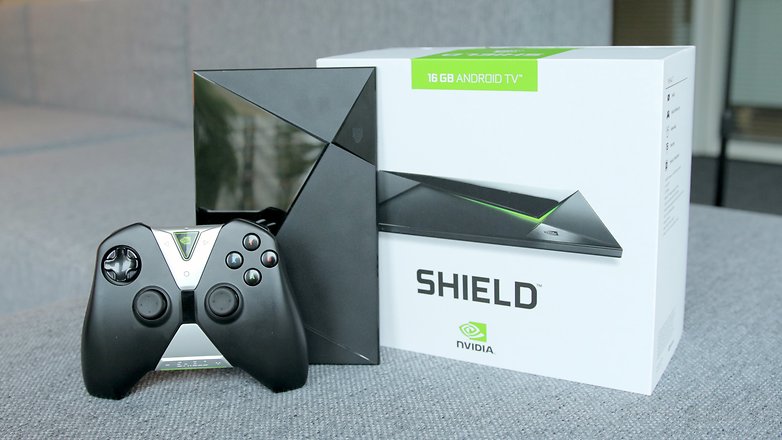
Conclusion
From these measurements and from these quick calculations we can see that the introduction of smart home gadgets in a common home does not have an exorbitant effect on your electricity bill. However, not all smart homes work the same way.
While some gadgets that can take the place of other "non-smart" products can reduce overall consumption, such as Philips Hue bulbs, other devices are pure additions to the home ecosystem and their cost should simply be added to the normal annual expenditure.
Consideration must also be given to the extent to which the various devices are used in themselves. A device left constantly on standby and never used is a waste of energy. A constantly used device will affect your bills more. Everything can be summed up in a set of compromises between utility, practicality and expense.
However, we can conclude by saying that, in itself, the inclusion of smart products in the home does not involve a high additional cost. Obviously this without considering the large initial expenditure...
How many smart devices do you use at home?







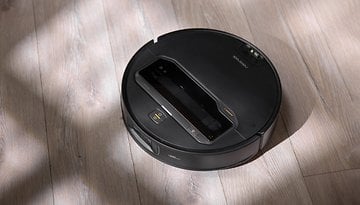

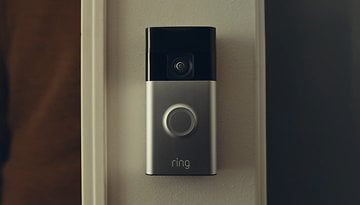



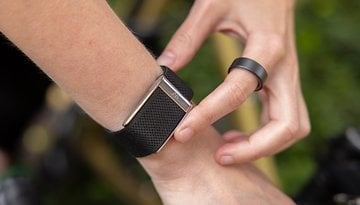
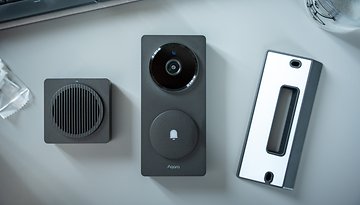
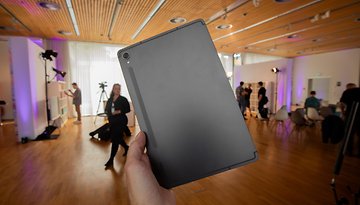




I use 8 smart device in my home
Thank you Luca Sir for the great article. A lot of time and effort must have gone into writing such detailed and comprehensive article.
Thank you,
Hare Krishna ?